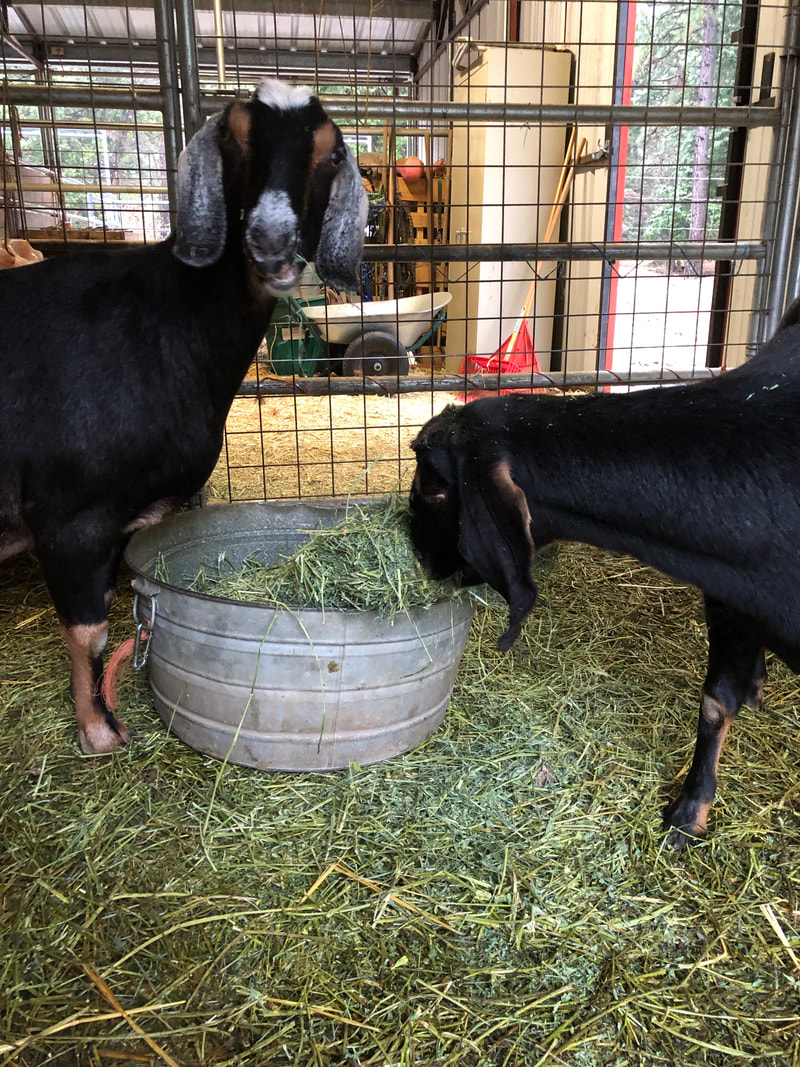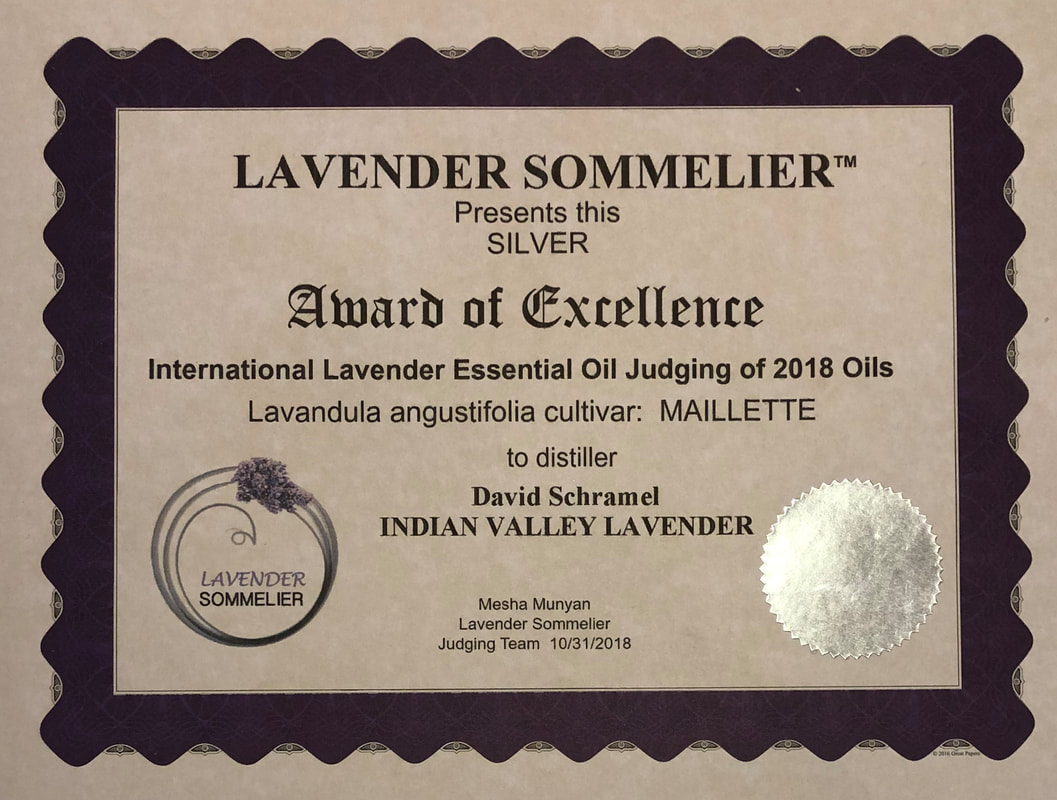|
The Essential Oil (EO) market is relatively undeveloped here in the United States when compared to other markets such as: France, New Zealand, and Australia. As with most emerging markets, where regulation is not widespread, there are some in the industry that take advantage of an unknowing consumer base.
The American consumer needs to understand one thing: there are currently (very little if any, and most are indirect) industry standards related to EO here in the U.S. When companies claim that their products are a clinical grade or therapeutical grade they are marketing. Furthermore, EO companies are increasingly using chemicals additives, fillers and carrier oils in their products. Unfortunately, the process products undergo to claim an "organic" status under the USDA and other certification processes (often internal) do little to detect these issues. I am not arguing for/or suggesting increased regulation, that would be harmful to the small farmer. Rather, we (those in the business of Lavender) need to do a better job educating consumers. To keep it simple, I submit the following three rules:
The Differences Between Lavender Essential Oil by Erin Stewart. This article is an excerpt from Erin's new book The Lavender Guide and was adapted for publication in AromaCulture Magazine. Natural vs. Synthetic Essential Oils Explained by Caleb Backe. In his blog Caleb reviews the differences between synthetic and natural EO. Sometimes you really do get what you pay for with Essential Oils by Bold Aromatherapy. For those looking to read about the scandalous side of the EO market... Key takeaways: Avoid buying from Amazon or other large department/box stores like Walgreens, Target, etc. and don't buy cheap oil... its cheap for a reason.
3 Comments
 A common question we get is "what do you do you use for fertilizer?" Thus far, we have not used any of what I would call "commercial fertilizer." Before we convert a piece of land into a lavender field, we use it for grazing livestock. After we have planted lavender, we use manure and bedding from the other inhabitants of our farm. Then come the chickens, our flock generally hovers in the 22-24 member range. The flock is composed mostly of New Hampshires and Rhode Island Reds, but we have a few other breeds such as: Silver Laced Wyandotte, Barred Rock and Orpington.
We are excited to announce that our Maillette and Grosso Essential Oil have received Silver Awards in the International Perfume Foundations 2018 Lavender Essential Oil Contest! We sincerely thank the Lavender Sommelier Judging Team for their continued dedication and efforts to improve the quality of Lavender Essential Oils here in the United States.
"To make perfume, take some rose water and wash your hands in it, then take lavender flower and rub it with your palms, and you will achieve the desired effect."
- Leonardo da Vinci. "Why Lavender?" It is a question asked of me frequently. Secretly, at times I want to fire back simply with, "Why not?" After all mankind's relationship with lavender dates back to antiquity. Romans, North Africans, and other Mediterranean civilizations first used lavender to scent public baths. Roman soldiers kept lavender in aid kits to treat and disinfect battle wounds. Leonardo da Vinci instructed those making perfume, "combine lavender with rose water." The answer appears obvious. Yet, I can see how some might question this pursuit in the middle of the northern Sierra Nevada's, a climate not traditionally associated with crops such as Lavender. In 2104 we decided that we wanted to experiment with a crop on our land. However, we weren't sure what to plant. Our two primary criteria were sustainability and versatility. After nearly a year of research, we settled on lavender. The Mediterranean native appeared to meet our two primary criteria and in addition brought an intangible third quality. It seemed that our micro-climate here in the middle of the northern Sierra Nevada's at an elevation of approximately 3,500 feet is a suitable place to cultivate Lavender. In its native region, Lavender can be found growing naturally at elevations over 1,800 ft. Studies conducted by Serbian and Romanian scientists (exploring the herb as a potential cash crop for farmers in their respective countries) suggest that Lavender should be cultivated at altitudes over 2,000 ft to increase the monoterpenes esthers (linalool), the naturally occurring chemical that gives lavender both its aromatic and antibacterial qualities (Robu, 2011). Lavender also enjoys well-draining soil (being next to a creek, we have plenty of sandy loam), is drought tolerant and deer resistant. It is resilient, one of the dangers of farming next to a creek is flooding. Less than a year after being planted our lavender was tested by the most severe flooding in decades. The entire test plot ran over by an angry, raging river. We were convinced that all 900 plants were destroyed. They were either completely ripped from the ground, covered in debris, or buried under sediment. In the end, we lost six plants--six. We ordered more, many more. Today we have approximately 2,000 plants and a 35-gallon commercial steam distiller for extracting essential oil (EO). However, as much as we value sustainability and resiliency it's not enough. We want something that is also useful and marketable. Lavender is a versatile herb with a number of documented uses. Known primarily for its fragrance, it is also used for medicinal and culinary purposes, and at times simply to brighten a dreary space. Its versatility is not random. Lavender's chemical composition includes linalool, which makes up approximately 30% of its structure. As mentioned previously multiple studies suggest that the percentage of linalool increases with elevation (great for us). Given its attractive fragrance and the associated health benefits, it is easy to understand why many of the cosmetic products used today contain lavender and why it is a staple for EO enthusiasts. The uses of Lavender EO are vast: perfumes, soaps, serums, treatment of wounds, diffusers, sachets, etc, etc. The list of uses is nearly endless. My wife and daughters love to use EO in diffusers. My mother makes a face serum. Personally, I like to use the buds in my dry rubs, especially when roasting a leg of lamb. Even the byproduct of the steam distillation process is useful. Hydrosol, the distilled water that has trace amounts of EO left-over from the separation process is incredible in its own right. It can be used as a household cleaner, linen spray, and is safe for children and pets. It is both a sustainable and versatile plant, but there's more. Many, when they think of Lavender are attracted to and captured by its alluring beauty. The northern Sierra Nevada's is a wondrous place, we have all four seasons and each is special. I am and always have been partial to winter. Spring though beautiful is bittersweet. Sweet smells, vibrant landscapes, and warming temperatures are dampened by the fading snowpack on Grizzly Peak. This feeling is most acute in June; as the last visible traces of snow disappear from view. We brace ourselves for the long, dog days of summer. But these days we have something to look forward to, by June our Lavender plants have fully awoken from their long winter slumber. Each day their lavender spikes grow longer, reaching for the sun. Soon a purplish hue will begin to take over the field. In early summer, a transformation occurs, our rounded silvery-grayish shrubs become something much more sensuous. The long greyish-silver spikes are adorned with delicate purple, pink and white flowers. Their sweet fragrance can be found by simply grabbing a spike and gently rolling it through your fingers and holding it up to your nose. It is in these early summer afternoons, on the banks of Indian Creek, under the shade of a young oak tree, watching the sensuous little flowers wave and dance in the afternoon breeze that you find total tranquility. This is why we grow Lavender. |
Ryan SchramelFull-time Social Science Teacher. Part-time Lavender Farmer. Raised in Indian Valley, CA. Graduated from St. Mary's College of California in 2003. Served as an Infantry Officer in the United States Marine Corps from 2003-2014. ArchivesCategories |







 RSS Feed
RSS Feed